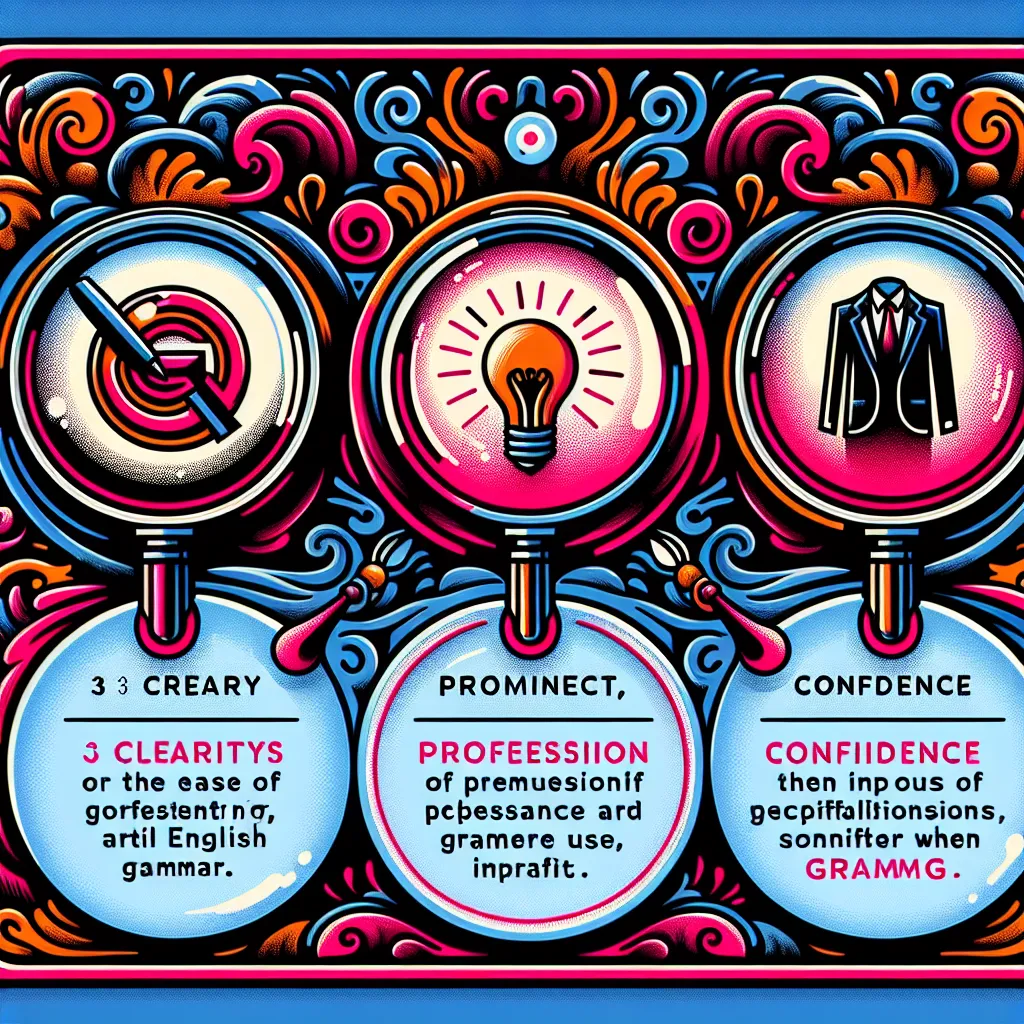Are you looking to enhance your presentation skills and make a lasting impression on your audience? Mastering Advanced Grammar For Presentations is a crucial step towards achieving this goal. In this comprehensive guide, we’ll explore the key elements of advanced grammar that can take your public speaking to the next level.
Understanding the Importance of Advanced Grammar in Presentations
When it comes to delivering impactful presentations, your command of language plays a pivotal role. Advanced grammar not only helps you articulate your ideas more clearly but also adds a layer of sophistication to your speech. It’s the difference between a good presentation and a great one.
 Advanced grammar in presentations
Advanced grammar in presentations
Why Advanced Grammar Matters
- Credibility: Using advanced grammar structures correctly enhances your credibility as a speaker.
- Clarity: Complex ideas can be conveyed more effectively with sophisticated language use.
- Engagement: Varied sentence structures keep your audience interested and attentive.
- Professionalism: Advanced grammar reflects a high level of education and preparation.
Key Advanced Grammar Structures for Presentations
1. Inversion for Emphasis
Inversion involves changing the typical subject-verb order to emphasize a point. This technique can add dramatic effect to your presentations.
Example:
- Normal: “We rarely see such innovation.”
- Inverted: “Rarely do we see such innovation.”
2. Cleft Sentences
Cleft sentences allow you to highlight specific information by splitting a sentence into two parts.
Example:
- Normal: “The team’s dedication led to our success.”
- Cleft: “It was the team’s dedication that led to our success.”
3. Advanced Conditionals
Using mixed conditionals can help you discuss complex hypothetical situations.
Example:
“If we had invested in this technology earlier (past), we would be market leaders now (present).”
4. Participle Clauses
Participle clauses can make your speech more concise and sophisticated.
Example:
- Wordy: “As we considered the data, we realized the potential of the market.”
- Concise: “Considering the data, we realized the market’s potential.”
Implementing Advanced Grammar in Your Presentations
To effectively use advanced grammar in your presentations, consider the following steps:
- Practice regularly: Incorporate these structures into your daily speech.
- Study exemplary speeches: Analyze how great speakers use advanced grammar.
- Get feedback: Have colleagues or mentors review your presentations.
- Use varied structures: Don’t rely on just one technique; mix it up to keep your audience engaged.
 Practicing advanced grammar
Practicing advanced grammar
Common Pitfalls to Avoid
While using advanced grammar can elevate your presentations, be wary of these common mistakes:
- Overcomplication: Don’t use complex structures just for the sake of it. Clarity should always be your priority.
- Inconsistency: Ensure your grammar usage aligns with your overall speaking style.
- Lack of practice: Advanced grammar requires practice to use naturally in speech.
- Ignoring audience level: Consider your audience’s language proficiency when choosing your grammar structures.
Advanced Phrases for Formal Settings
Incorporating advanced phrases can significantly enhance the formality and sophistication of your presentations. For more insights on this topic, check out our guide on how to use advanced phrases in formal settings.
Enhancing Your Professional Communication
Advanced grammar is not just for presentations; it’s a valuable skill for all forms of professional communication. To further improve your overall communication skills, explore our article on advanced grammar for professional communication.
Next Steps: Putting Theory into Practice
Now that you’re familiar with advanced grammar techniques for presentations, it’s time to put them into practice:
- Create a sample presentation: Incorporate at least three advanced grammar structures.
- Record yourself: Listen for areas of improvement in your grammar usage.
- Seek constructive criticism: Present to a small group and ask for specific feedback on your grammar.
- Refine and repeat: Use the feedback to improve and practice regularly.
Conclusion
Mastering advanced grammar for presentations is a powerful way to enhance your public speaking skills. By incorporating sophisticated structures like inversions, cleft sentences, and participle clauses, you can deliver more impactful and engaging presentations. Remember, the key to success lies in consistent practice and thoughtful application of these techniques.
For more tips on improving your English grammar in public speaking, don’t miss our article on tips for improving English grammar in public speaking.
We encourage you to share your experiences with using advanced grammar in presentations in the comments below. What techniques have you found most effective? What challenges have you faced? Your insights could be invaluable to other learners on the same journey.




